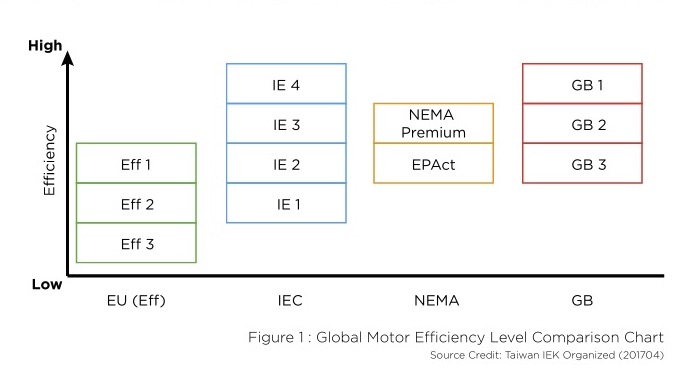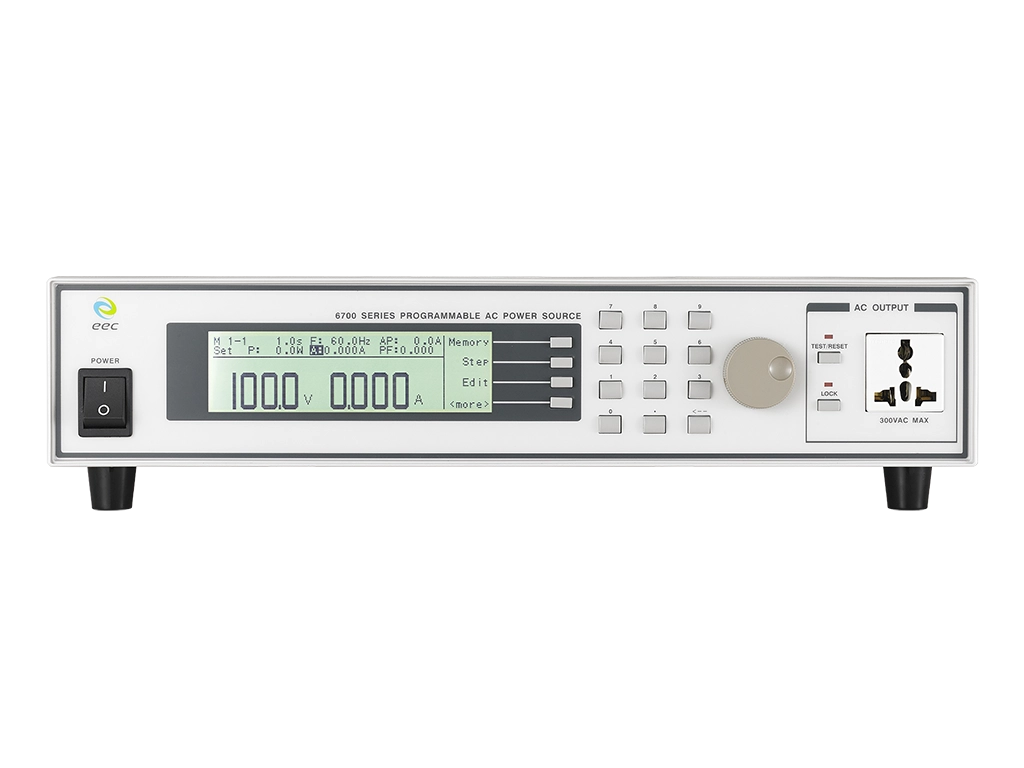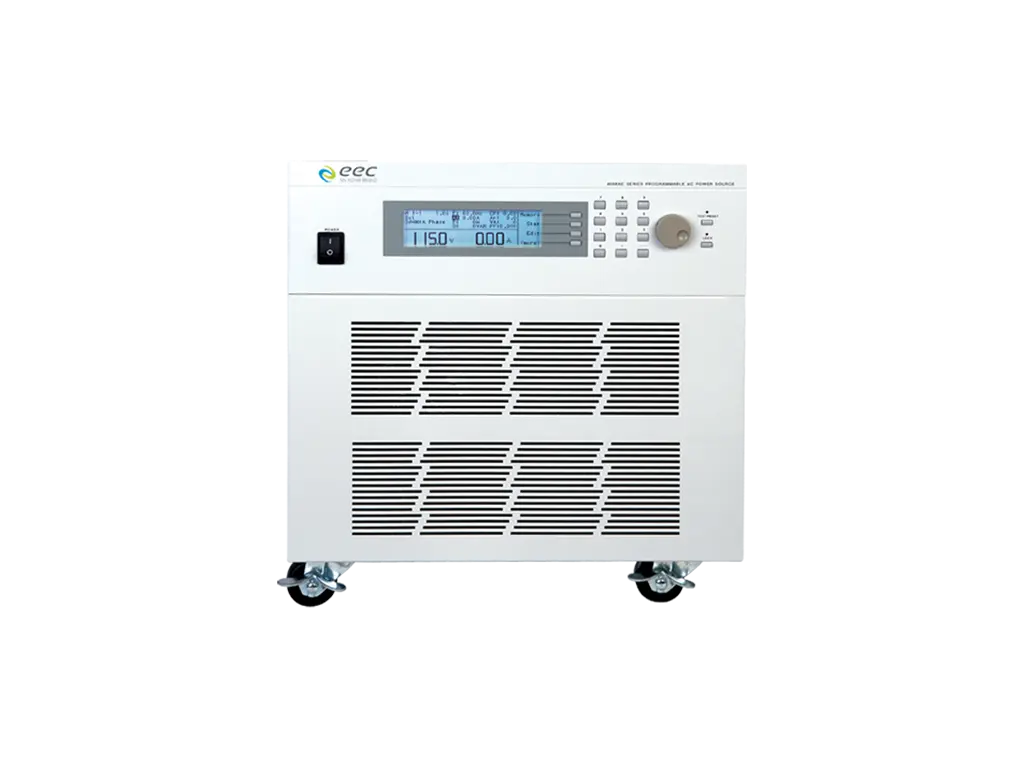Introduction:
The world runs on electric motors. They come in all shapes and sizes AC and DC, driving most industrial and commercial manufacturing sectors while setting in motion a wide range of products and devices. The global trend toward green initiatives has not only influenced household products. It compels companies to focus attention on enhancing energy efficiency and reducing carbon emissions through manufacturing policies and new Industry 4.0 innovations. These motors deliver high efficiency and output, low power consumption, increased operational life and reduced maintenance costs. When establishing the highest level of quality for today’s motors, testing is critical to ensuring they comply with current manufacturing and safety standards. The following overview provides a brief look at some of current testing standards and criteria, as well as recommended approaches to testing and power supply solutions.
Testing standards for Electronic Motors
The global trend toward green initiatives has not only influenced household products. It compels companies to focus attention on enhancing energy efficiency and reducing carbon emissions through manufacturing policies and new Industry 4.0 innovations. These motors deliver high efficiency and output, low power consumption, increased operational life and reduced maintenance costs. When establishing the highest level of quality for today’s motors, testing is critical to ensuring they comply with current manufacturing and safety standards. The following overview provides a brief look at some of current testing standards and criteria, as well as recommended approaches to testing and power supply solutions.

| International Electrotechnical Commission IEC 60034 | |
| IE1 | Standard Efficiency |
| IE2 | High Efficiency |
| IE3 | Premium Efficiency |
| IE4 | Super Premium Efficiency |
EEC Solution:
EEC offers solutions to support the full range of testing standards created for today’s electric motors. Customers performing AC withstand voltage tests should consider the type of motor, the capacity of the input capacitance, the leakage current requirement and, the local standard regulations. EEC recommends a sufficiently powerful Hipot tester, such as those in our SE series with 500VA output (SE 7451 and SE 7452). To comply with IEEE Std.43/GB20160 insulation resistance standards, EEC recommends adding the OPT.798 True Negative Voltage option for DCW and IR testing. Negative polarity testing is recommended to accommodate for electroendosmosis during insulation resistance reading. Requirements for AC power source standards focus on key areas that include output voltage, voltage regulation, frequency regulation and total harmonic distortion (THD). Motors using AC power sources require a considerable current when starting. Customers should take note of the required inrush current for the motor when selecting a power source. We recommend the 6500/6300 series AC power source for the optimal electrical performance on single or three-phase AC motors. The 6500/6300 series features adjustable ramp-up time settings, allowing the voltage to rise without overload during the motor starting process.







